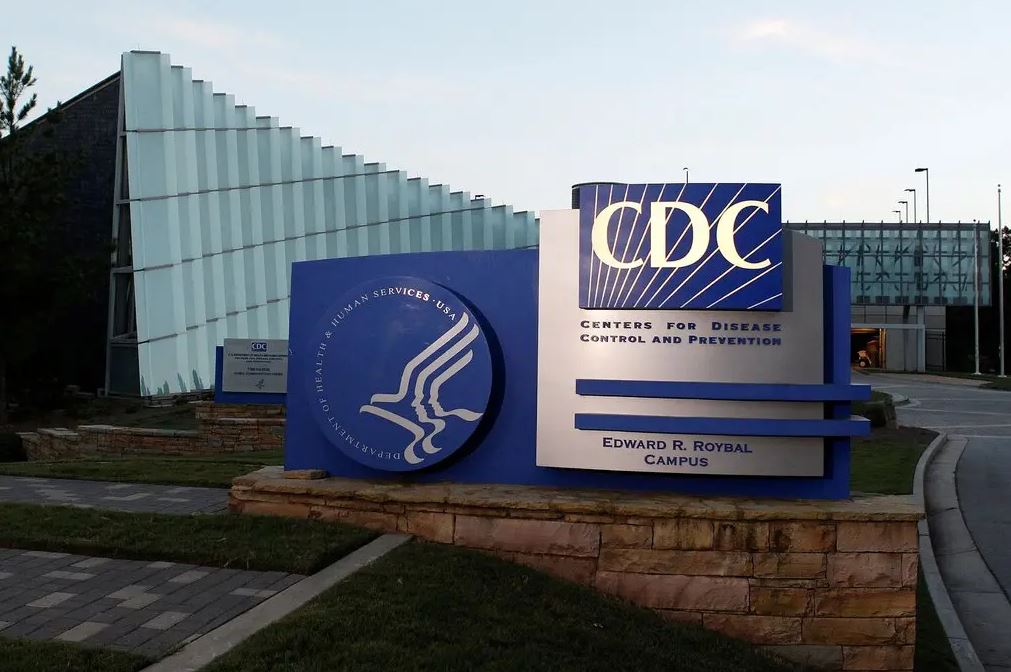The Centers for Disease Control and Prevention (CDC) revealed on Friday that they are investigating the deaths of five children in the United States, as well as an uncommon group of more than 100 hepatitis infections among young children in the country.
The Centers for Disease Control and Prevention said it was investigating instances involving 109 children in 25 states and territories who have or had what the agency is referring to as “hepatitis of unknown origin.”
Dr. Jay Butler, the Centers for Disease Control and Prevention’s deputy director for infectious diseases, claimed that the majority of the youngsters had recovered completely. However, more than 90 percent were admitted to the hospital, 14 percent required liver transplantation, and more than half had viral infections, according to him.
The Centers for Disease Control and Prevention (CDC) and international specialists are investigating whether a kind of adenovirus, a common virus that causes digestive symptoms such as vomiting and diarrhoea, may be a role in these instances. Although no common cause or relationship has been identified among the instances, the FDA has advised against taking any inferences from the information available.
While speaking during a press conference on Friday, Dr. Butler described the situation as “developing.” It was later said that “it is crucial to note that severe hepatitis in children is very uncommon, even with the probable rise in cases that we are now reporting.”
Hepatitis and liver failure in young children, particularly in otherwise healthy children, are uncommon occurrences, and the actual number of hepatitis cases in the United States has so far been no more than the number of cases typically encountered in the country.
The agency did not offer any information on the youngsters who died or the circumstances surrounding their deaths.
The United Kingdom is examining a considerably bigger number of young children who have been reported to have or have had hepatitis in the recent past — more than 160 instances — than it is now investigating.
Typically occurring in adults, hepatitis is a liver infection that may be caused by viruses — which can be treated with pharmaceuticals — but it can also be caused by other factors such as drinking, certain medications, or autoimmune diseases. Nausea and stomach discomfort are among the symptoms, as is yellowing of the skin and eyes.
Dr. Butler also said that there was no proof to date that either a Covid-19 infection or the Covid vaccination was associated with the cases in the United States. Also last week, the World Health Organization said that the “overwhelming majority” of youngsters in the instances it had studied had not been vaccinated against poliovirus.
The alarm was sounded two weeks ago when the Centers for Disease Control and Prevention issued a warning noting nine hepatitis A infections among young children in Alabama that started last autumn and continued into this year. All displayed signs of viral infection, which was common among them. Their median age was two years old.
Dr. Butler said that the challenge for the C.D.C. is to ascertain whether the adenovirus is a contributing factor or an innocent bystander. Doctors do not routinely screen children for adenovirus infections since it is not a reportable condition in the United States, making it difficult to distinguish between the causes and consequences of the infection. Doctors should consider testing for adenovirus in children who are unwell and exhibiting particular symptoms, according to him.
It is not known how probable it would be for nine children who were randomly selected to have had adenovirus infections to have been found to have done so. The virus is also seasonal, with adenovirus season occurring in the autumn and winter, which coincided with the illness of the Alabama youngsters.
The fact that by the time the children were tested, the quantity of virus present, if any, had been reduced to a negligible level further complicated the problem.
“We are putting in significant effort to discover the reason,” Dr. Butler stated. Because hepatitis in youngsters is still considered “a uncommon incidence,” according to him, the search is time-consuming.
Adenovirus infection is “at the top of the list” of other possible causes, according to Dr. Butler, who also included environmental exposures, including animal exposures, and an immunological response, with an adenovirus infection being “at the top of the list.”

